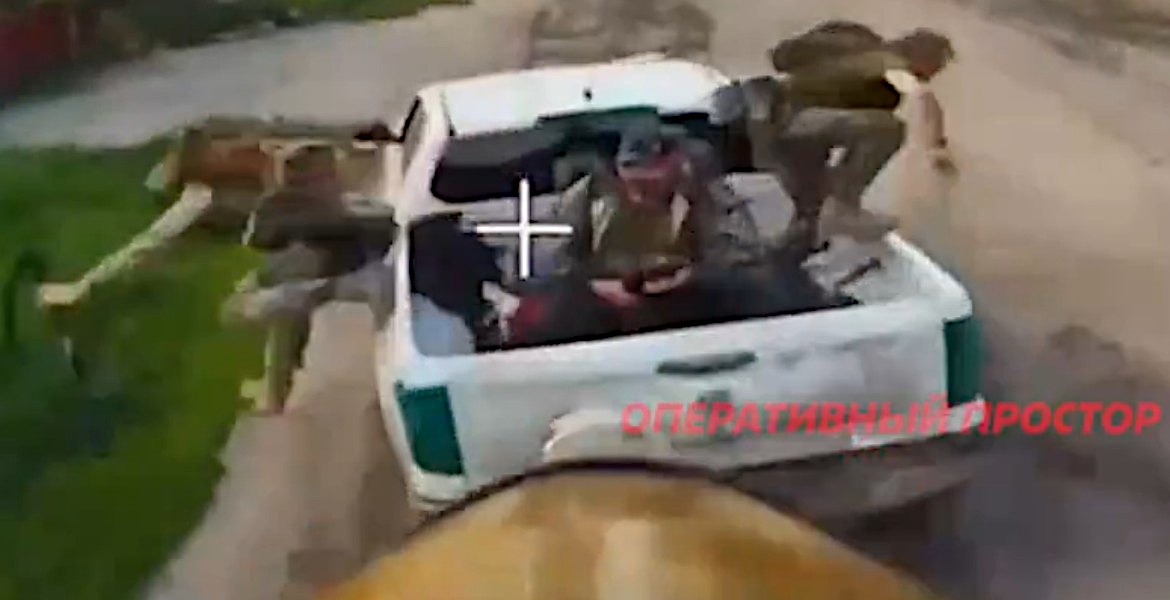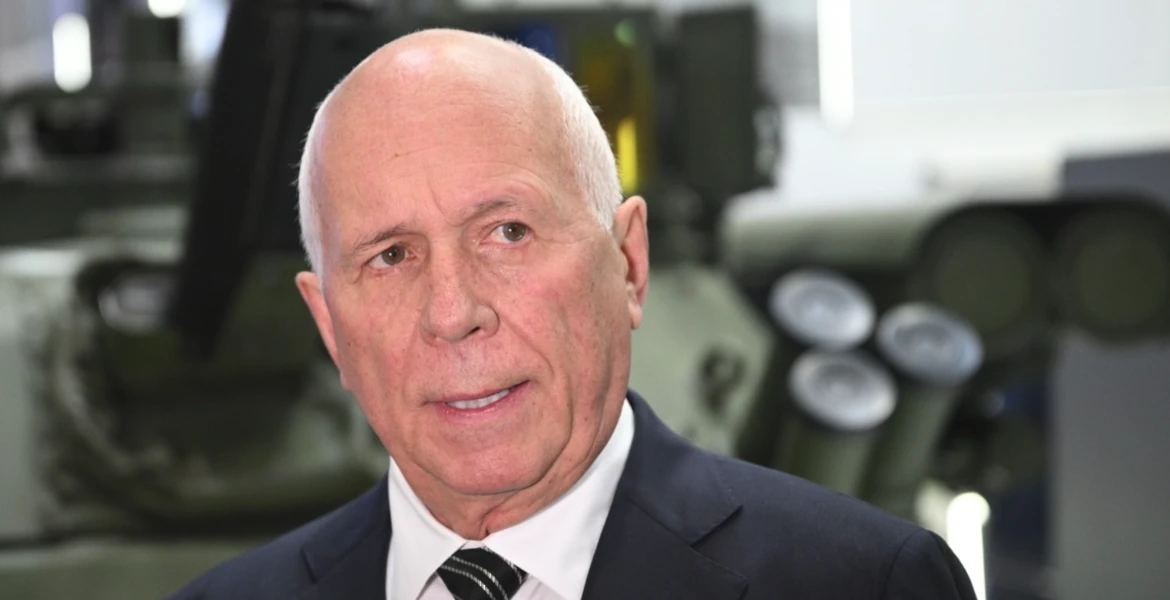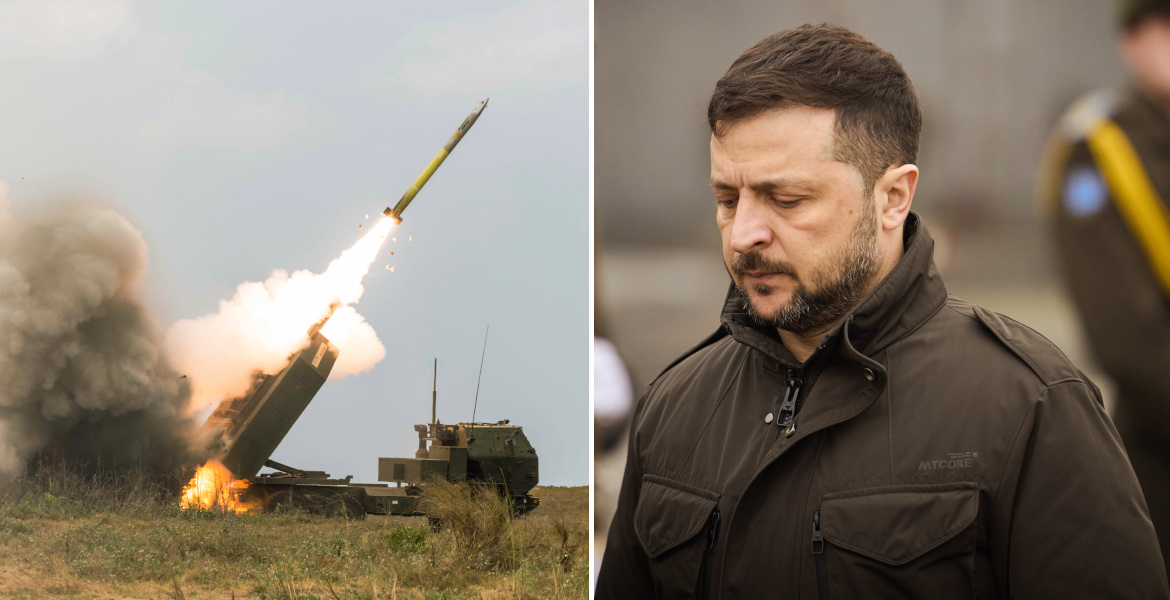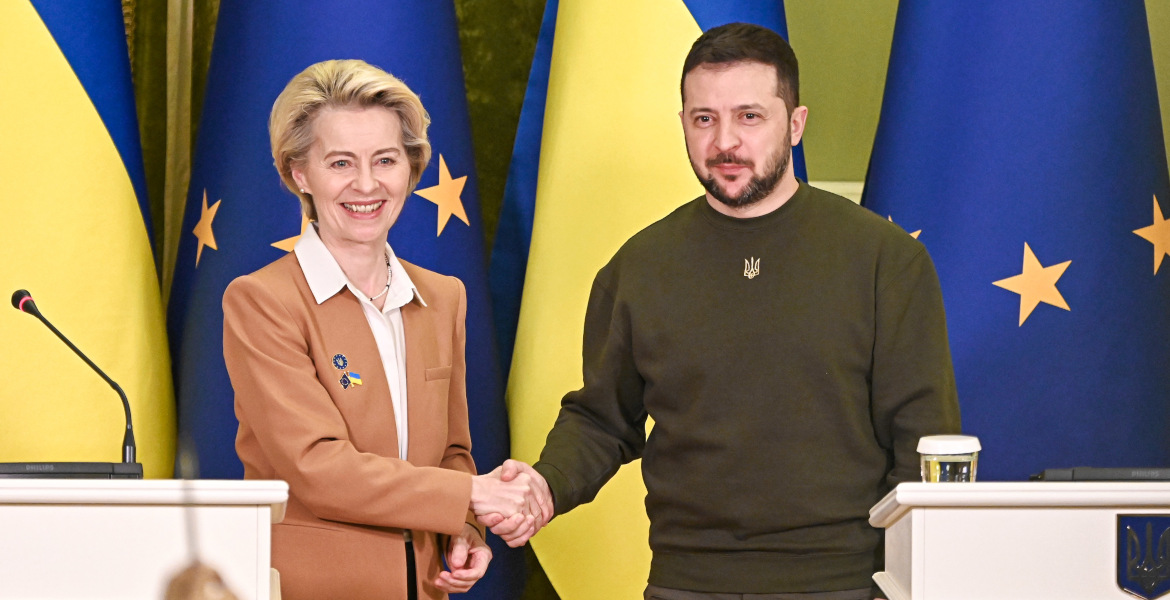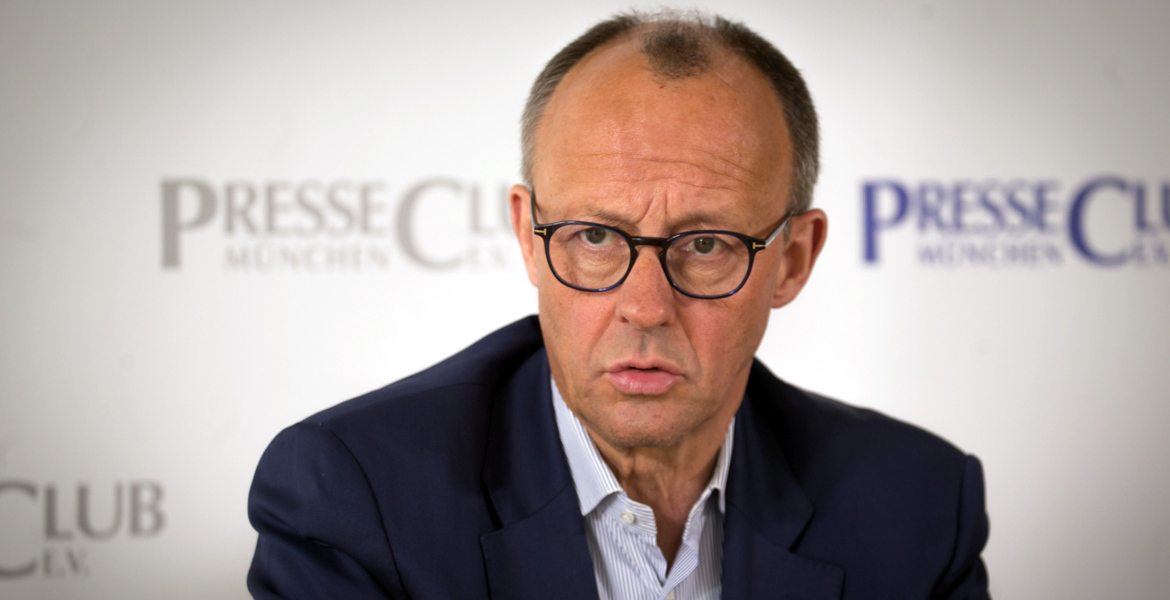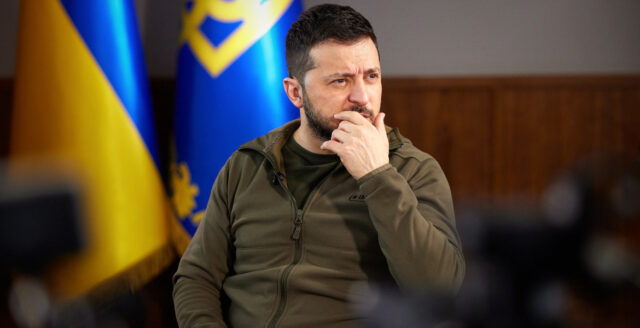In a statement on Telegram, Russia's former president and current Security Council member Dmitry Medvedev declared that a Russian victory would require Ukraine to effectively cede a large part of its territory. A proposed buffer zone would extend up to 60 kilometers into Ukrainian territory – with the aim of eliminating the threat from long-range missiles such as Storm Shadow and ATACMS, according to information from sources including voiceofest.
– A demilitarized zone must be created that makes it impossible to use even long-range weapons against our territory, Medvedev himself commented via Telegram.
The proposal comes as the Russian army continues its advance in the Kharkiv region – an area that, according to Moscow, is not intended to become part of Russia, but will be included in the buffer zone.
According to Business Insider, there are also reports of a much larger buffer zone, a zone that essentially encompasses the whole of Ukraine. It is unclear whether these reports represent official Russian policy or are rather propaganda and speculation.
Here is a map of his proposed buffer zone.
First image is showing proposed buffer zone, the Second is supposed to be current status.Will Russia’s Latest Buffer Zone Plan Be More Successful Than The Last?
By Online Editor on 23rd May 2025https://t.co/tAuFOIgCIy pic.twitter.com/fVfoFRMcVA— Creatorskid (@Tuberoot) May 23, 2025
Largest air strike since the war began
On Saturday night, Russia launched what is said to be the largest coordinated air strike against Ukraine to date. According to the Ukrainian Defense Staff, a total of 367 drones and missiles were fired in a massive attack targeting Kiev, Lviv, Zhytomyr, Khmelnytskyi, and Dnipro, among other locations.
The Ukrainian air defense claims that 266 drones and 45 cruise missiles were shot down, but the attacks still resulted in civilian deaths, including three children in Zhytomyr. Ukrainian President Volodymyr Zelensky described the attack as “terrorism” and demanded further sanctions from the West.
– Any silence after such attacks means complicity in terror, he said in a speech.
The video shows the destruction of yet another Ukrainian Patriot air defense system. It is clear that the battery had been identified and is being specifically "trampled".
The Patriot is fighting back with all its might.
The launch of a whole series of missiles is almost… pic.twitter.com/i3hPRJMzRz
— Mats Nilsson (@mazzenilsson) May 25, 2025
Patriot batteries destroyed and Ukrainian drone offensive
In a follow-up attack on Thursday, two American Patriot systems were reportedly destroyed in the Dnipropetrovsk region, according to the Russian Ministry of Defense. An AN/MPQ-65 radar station is also said to have been destroyed.
Images and satellite data from the site suggest that an Iskander-M missile may have hit the site, leading to speculation about weaknesses in the Ukrainian air defense network. Ukraine has not yet confirmed the loss, but several explosion clouds were observed in the area on the same day.
Ukraine responded with extensive drone attacks against Russian territory. According to the Russian Ministry of Defense, at least 96 Ukrainian drones were shot down on Monday night, several of them in Belgorod, Kursk, and even over the Moscow region.
Several of the attacks targeted infrastructure, including oil refineries in Krasnodar and oil depots in Kaluga.
A notable incident occurred during President Putin's visit to the Kursk region, where a Ukrainian drone exploded near the helicopter that was taking him to a meeting. The incident was confirmed in Russian media, but Putin is not believed to have been injured.
#UkraineRussiaWar #MilitarySummary
"Ukraine Has Run Out of Missiles" – that’s how Western media headlines look today. And it’s nothing short of a disaster, especially as Russia has been striking all across Ukraine for days now, using hundreds of drones ✈️ and dozens of upgraded… pic.twitter.com/R8Ej0H7GCC— Military Summary (@MilitarySummary) May 26, 2025
Possible Russian summer offensive?
The much-discussed buffer zone shows what a potential Russian security zone could look like, depending on which information is considered reliable. Regardless of the version, a security zone would in practice make large parts of present-day Ukraine uninhabitable for Ukrainian military activity.
Several military analysts believe that the intensity of this weekend's attacks – combined with the statement on the buffer zone – could signal an imminent escalation on the Russian side.
A summer offensive against the city of Zaporizhzhya, combined with an expanded bridgehead across the Dnieper, or alternatively a pincer movement on the city of Pokrovsk, are two possible scenarios.
The ability to knock out US defense systems and extend the range of drones and ballistic missiles appears to have strengthened Russian operational confidence. However, Ukrainian forces continue to hold certain front lines in Donbas and north of Avdiivka, although resources there are severely strained.
The situation in Ukraine remains very serious, with escalating attacks and strategic maneuvers on both sides. A potential buffer zone and intensified offensives could definitely influence the development of the conflict during the summer of 2025.
